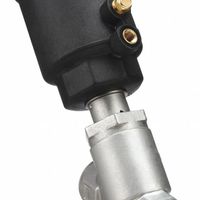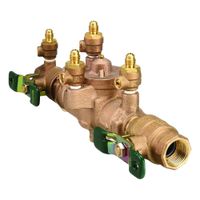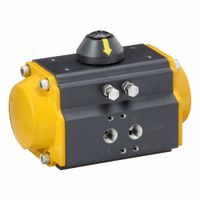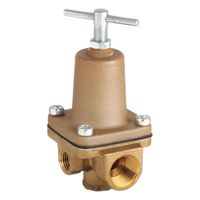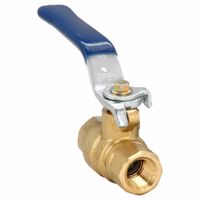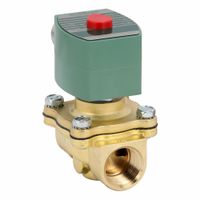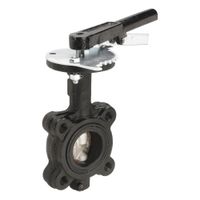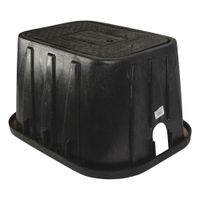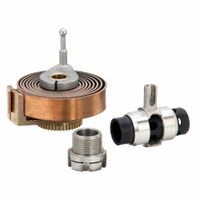Plumbing Valves
Plumbing valves control the flow of water, gas, and other fluids in plumbing systems. Shut-off valves start or stop the flow of water and other media in residential and commercial applications. Backflow prevention valves stop the reverse flow of polluted media in pipes and fixtures. Float valves aut .....Read More
Frequently Asked Questions
What are the different types of plumbing valves?
How do shut-off valves work in plumbing systems?
What is the purpose of backflow prevention valves?
How do float valves function in a plumbing system?
What is the role of flow control valves in regulating fluid pressure?
How do pressure control valves differ from temperature control valves?
What are solenoid valves and how do they operate?
How do air-operated piston valves function?
What are valve actuators and how are they used in plumbing systems?
Why are valve boxes and enclosures important for protecting plumbing components?
